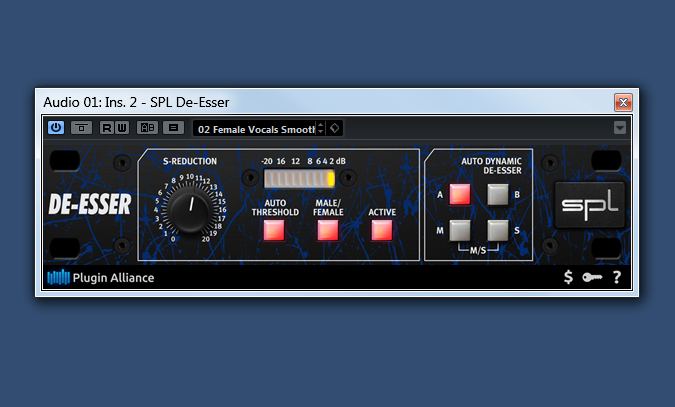1 Before recording
When the singer arrives at the studio for the recording session, all technical preparations should already be complete: The microphone should be connected, the headphone mix prepared and tested, and all audio and effects connections properly routed. The same applies to the artistic side: the singer should be well-rested and not have a cold or be seriously ill.
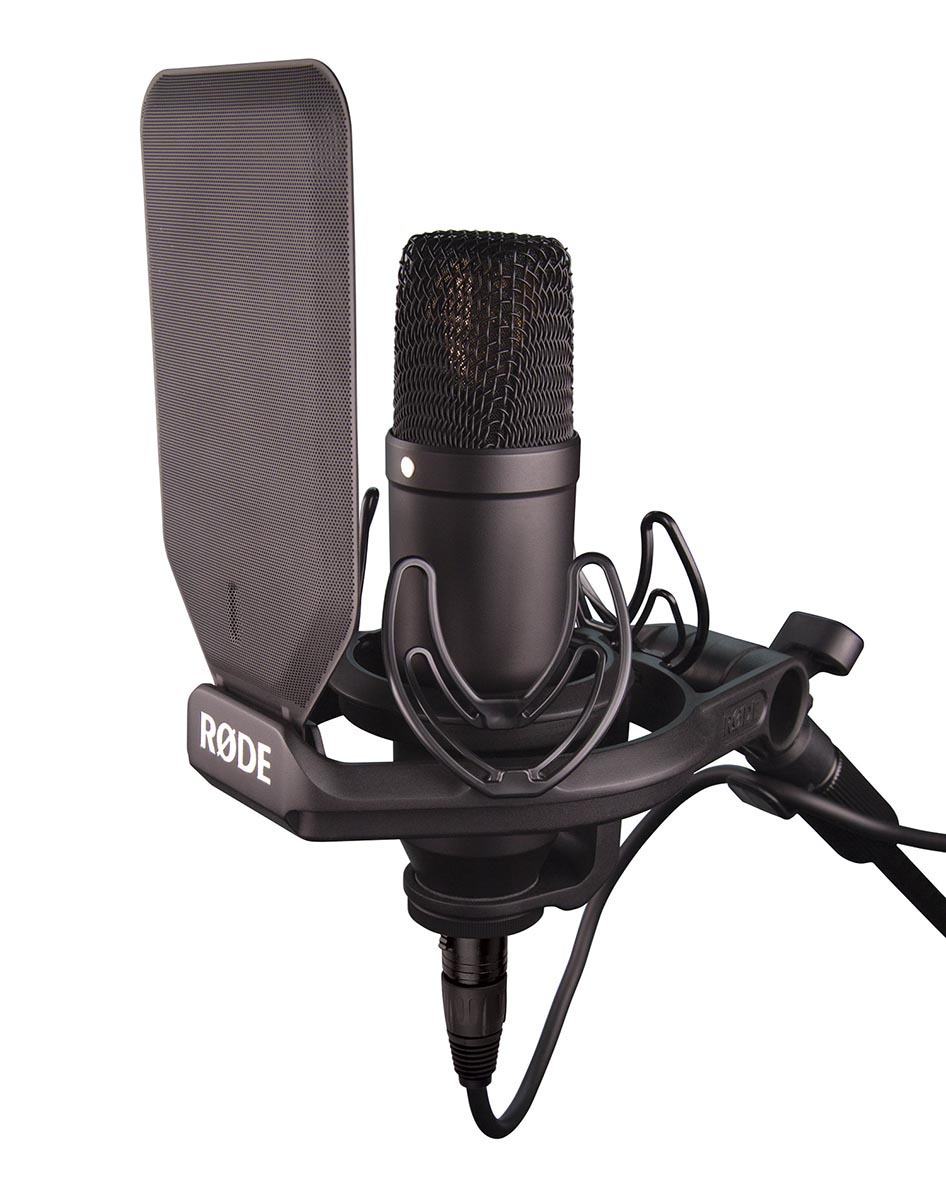
2 Proper preparation
SOf course, he has prepared lyrics, content and expression of the vocal line using playback and is familiar with the song. During the entire session, he should avoid sweets and carbonated or alcoholic drinks. When recording, be sure to maintain a „healthy“ level. Control the input on the preamp so that the loudest part of the song does not exceed -6 dB FS.
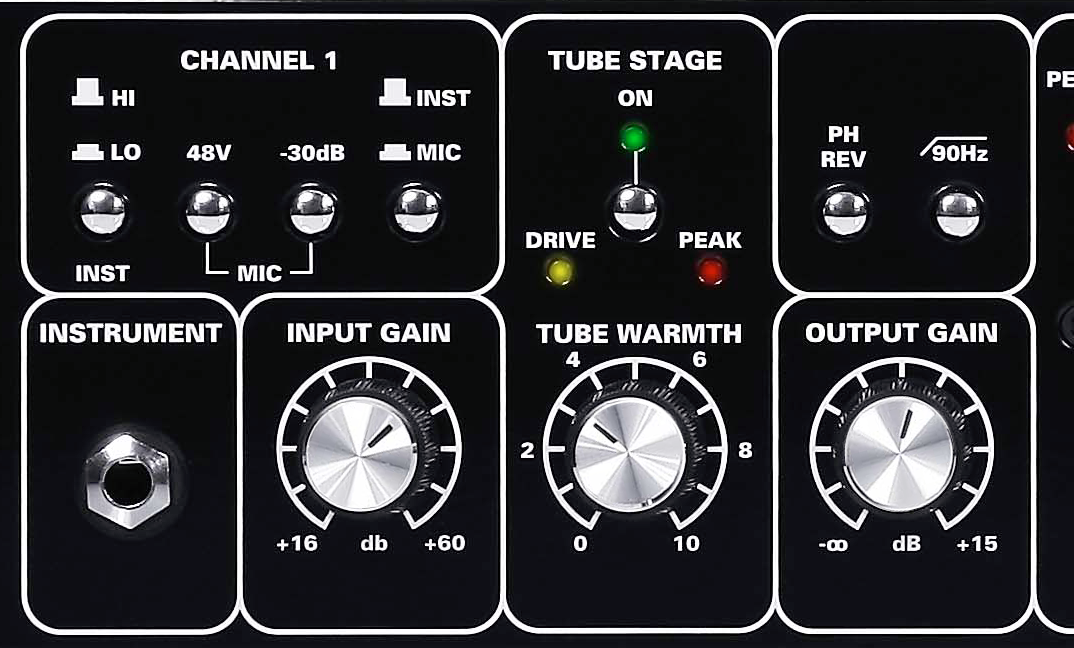
3 Compression
To take full advantage of the dynamics during recording, any compression must be done before the A/D conversion, that is, it must not be done in the DAW using a plug-in. If you are using an equalizer and compressor at the same time (and do not have a channel strip), you should place the EQ in the signal path after the dynamics processor so that you do not have to constantly readjust it.

4 Settings
When recording vocals, it is important to avoid clipping through the use of compression. To achieve the desired subtle results, start with a compression ratio (Ratio) of 2:1 to 3:1 and a relatively high Threshold. Peaks should be cut by a maximum of 4 dB, so that the voice does not sound unnatural. An attack value of 50 to 100 ms is a good starting point.
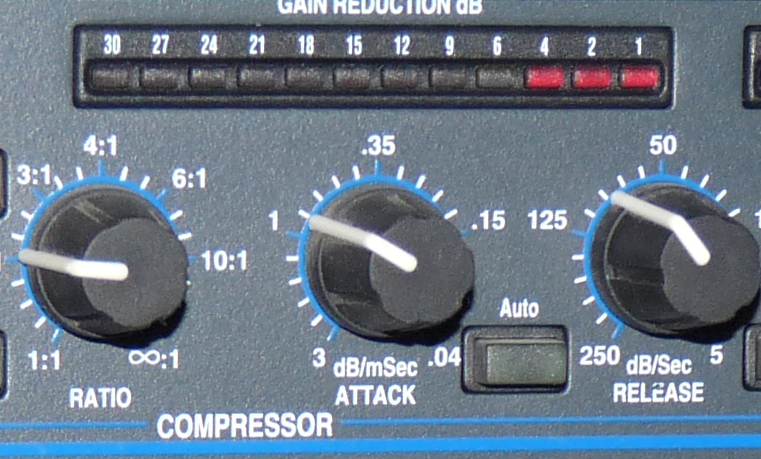
5 Make-up gain
A suitable reference value for the release time is 200 ms. The use of the compressor first causes a level reduction, which is then compensated for by an output gain. Every compressor has a second gain control for this, often called output or make-up gain. Turn this up until a value is displayed that corresponds to the level reduction.
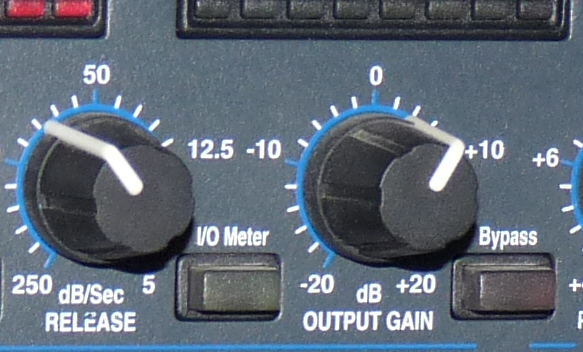
6 De-Esser
There are many precautions against sibilance, such as an angled microphone or the classic pop filter. If loud sibilants have, nevertheless, made it to the hard disk, a de-esser can help. A de-esser attenuates them in a frequency-selective manner. The most effective, albeit time-consuming, solution, however, is to manually attenuate intrusive sibilants in your DAW.
